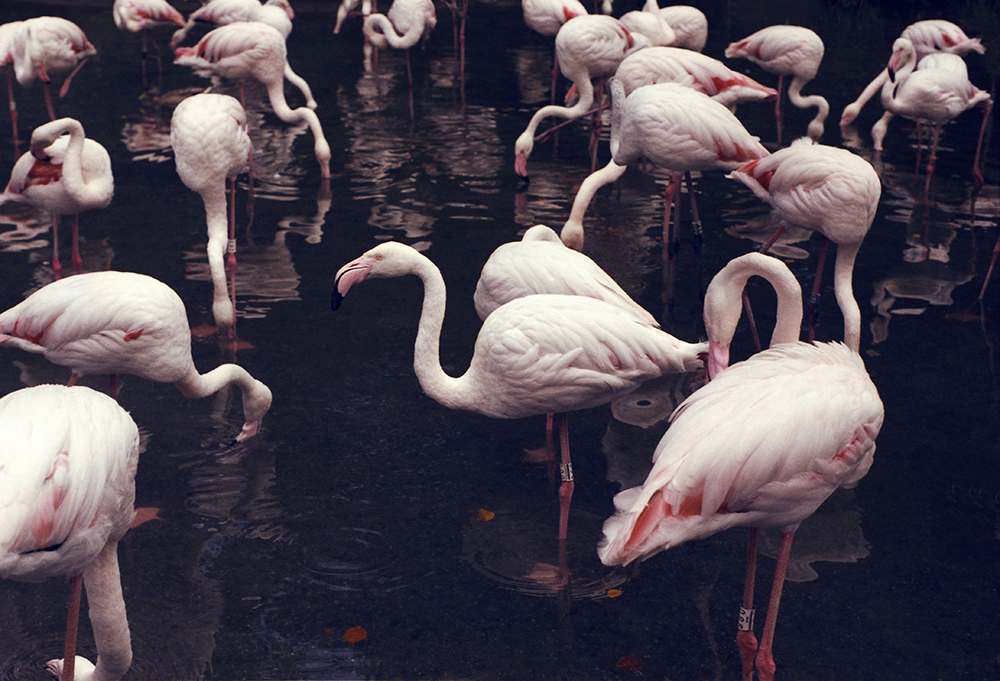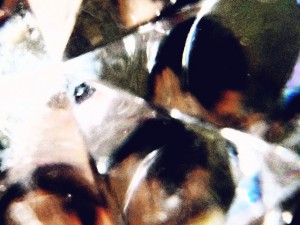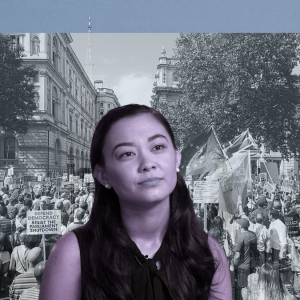
Acid House: The Bolshoi Ballet
by Evy Cavalla | January 23, 2015
Until recently, Pavel Dmitrichenko was a top dancer in the Bolshoi ballet, Moscow’s most prestigious company. He has now confessed to ordering a man to throw sulphuric acid in the face of the ballet’s artistic director, Sergei Filin, in January 2013. Even more shockingly, 35% of Russians polled in a Levada Centre survey thought the attack was only slightly more extreme than the Bolshoi’s usual escapades.
When the judge asked Dmitrichenko whether he would like to apologise to the victim of the attack, he replied, “For what?” The dancer insisted in court that Filin had been giving out roles and funding unfairly to members of the troupe. .
The idea of ballerina infighting is a bizarre combination of two favourite pastiches of Russia—the macho, rent-a-henchman Mafia culture colliding with the artistry of ballet. The attack was brazen and high profile, and the man who has confessed seems unrepentant.
Tatiana Soloviova, a Russian language teacher who combined Russian musical training with her Moscow State University education, remembers a youth saturated with ballet: “[It] was always on television, so I was constantly exposed to it.” She cites state support as a key factor in keeping Russia’s cultural endeavours strong and competitive in the past, yet despite the recent cuts to arts funding, the number of hopefuls who train and audition for the great ballets has not diminished.
The requirements for being a ballerina are stringent: the right body shape, as well as the right neck length and facial proportions. “Genetically,” says Soloviova, “there is only a one in a thousand chance that you are suited to being a dancer.” The fact that Russia is so strong in ballet can be put down to genetic proclivity, funding and history.
When classical European ballet was first introduced in Imperial Russia, the country was still a feudal state. Ballerinas were then recruited from amongst the serfs, for whom dancing was just another kind of hard labour, and the only chance to break from dependency they would fight for. Following the Bolshevik revolution, Diaghilev Ballet Company was the destination for dancers fleeing famine and unrest.
Competition has always been fierce. In Soviet times, repertoire was mainstream and choreographers were not allowed to experiment with “freaky styles”, yet state funded training compensated for the lack of artistic freedom. The same cannot be said in the UK: “Ballet training is restricted in this country to people who can pay for it,” says Soloviov, “There is not the same talent because there is not the same hunger to succeed.”
It is this hunger that fuels the tensions of the Bolshoi: ballerinas put broken glass in each other’s pointe shoes, have used online gay porn to smear the name of a previous manager and in the case of Filin, make savage and symbolic attacks. The Bolshoi has always been politically charged, but now its dancers and managers are intimidated by privately hired thugs instead of the Soviet regime.
The Bolshoi’s influence was tied tightly to the rise of the Soviet Union. It grew up in the shadow of Petersburg’s Kirov Ballet and only when Lenin moved the capital to Moscow was the Bolshoi able to forge its own identity. Stalin had a penchant for ballet: he could whistle Tchaikovsky’s opera Pikovaya Dama from start to finish, had his own private box in the Bolshoi Theatre and moved dancers from one troupe to another as he saw fit. Yet he was conservative in his tastes and stifled the innovation that had begun at the end of the Tsarist period – when Michel Fokine took ballerinas out of pointe shoes and experimented with less classical movements of the arms and torso. This restriction continued until the 1960s under Khrushchev: only in the 1990s was Russian ballet able to step away from classical technique and take more stylised and varied directions.
Ballet performances abroad were portable Potemkin villages, displays of the USSR’s cultural strength. The Soviet authorities wanted ballet to address simple moral themes; Tchaikovsky’s The Nutcracker was performed throughout because of its apolitical nature while new ballets were written to embody the new artistic style of Socialist Realism. In 1958, Aram Khachaturian wrote Spartacus, which twisted the story of the Roman Servile uprising into a Communist orgy. The music is still performed and was used in the soundtrack for Ice Age 2, but the ballet is now described by the New Yorker’s editor David Remnick as an “agitprop warhorse”.
Yet ballet was a path to Soviet success and dancers did not have to compromise their art for fear of being driven underground to the extent that writers did. They were respected public figures and were granted the rare privilege of travel. The reputations of dancers who performed in the USSR’s theatres provide a stark contrast to the repression of great writers of the Soviet era. Pasternak, Bulgakov and Solzhenitsyn were unable to publish their works.
Even so, the artistic directors who preceded Filin were expected, like writers, to create works in line with Soviet ideology. Yuri Grigorovich was hired as artistic director by the Bolshoi in 1964 and stayed there until 1995, winning the Stalin and Lenin Prizes in that time. He was accused of cosying up to the authorities and firing anyone that didn’t agree with him to minimise squabbling within the Bolshoi. His reign was despotic and continued to be so after the death of Russia’s greatest despot and the fall of the Soviet Union. In the last act of Tchaikovsky’s Swan Lake, the prince and his part-swan, part-woman lover Odette tragically drown themselves so that they can be united in death. In a relatively sacrilegious move, and on the orders of the Minister for Culture, Grigorovich gave Swan Lake a happy ending in 1984. It was performed this way until 2001.
A remnant of Soviet life is evident in the tight control the Bolshoi exerts over its troupe. One off-shoot of Filin’s attack has been the decision of Nikolai Tsiskaridze, one of the Bolshoi’s star dancers, to challenge the Bolshoi’s Charter which all of its employees are expected to abide by. Mr Tsiskaridze argues that the fact the Bolshoi has officially reprimanded him for giving interviews about the acid attack goes against the Russian constitution and compromises his right to freedom of expression.
Yet many aspects of the Russian arts remain restricted. A recent update of Swan Lake choreographed by Matthew Bourne uses an all-male cast and explores a love story between two men. Soloviova describes it as ”beautiful and very moving but something you wouldn’t do in Russia for the time being”. Russian ballet has survived upheaval for centuries, demonstrating discipline and versatility. The three way balance between political, personal and artistic expression remains to be found: the Bolshoi acid attack and Putin’s tightening grip on culture only emphasise the fragility of this equilibrium.
There is a strange lag between the fall of the Iron Curtain and the Bolshoi’s return to the original version of Swan Lake. Though censorship gave way to freer expression in the 80s and 90s the control of ideas still existed within the Bolshoi. Tchaikovsky’s Swan Lake was altered, carved up between Grigorovich and the authorities; it remained that way for ten years after the end of the USSR. One off-shoot of the acid attack has been the decision of Nikolai Tsiskaridze, one of the Bolshoi’s star dancers, to challenge the Bolshoi’s Charter which all of its employees are expected to abide by. Mr Tsiskaridze argues that the fact the Bolshoi has officially reprimanded him for giving interviews about the acid attack goes against the Russian constitution and compromises his right to freedom of expression. While Pussy Riot highlighted Putin’s disregard for free speech, the acid attack highlights the Bolshoi’s censorship of its performers. The Bolshoi’s performances were doctored to comply with the politics of the USSR and its dancers and directors were cultural ambassadors. They also concealed what was happening within the Bolshoi itself. Even in the window of relative creative freedom between the fall of the USSR and now, the Bolshoi continued to infight and curb expression. It is ironic that Putin’s imprisonment of Pussy Riot happened before the USSR’s last Potemkin Village was fully exposed.




